In a groundbreaking application of environmental DNA (eDNA) technology, scientists have successfully reconstructed the movement patterns of poachers by analyzing river water samples. This innovative approach, dubbed the "DNA Sky Eye," leverages genetic traces left in aquatic ecosystems to track illegal wildlife hunting activities with unprecedented precision. The technique marks a significant leap forward in conservation biology and forensic ecology.
The research team collected water samples from multiple points along a river system in a protected wildlife area where poaching incidents had been reported. By sequencing the DNA fragments found in these samples, they could identify not only the presence of specific animal species but also human genetic material. Through sophisticated spatial analysis, the scientists mapped the probable routes taken by poachers based on the distribution and concentration of human DNA in the water.
What makes this method particularly remarkable is its passive surveillance capability. Unlike camera traps or physical patrols that can be avoided by experienced poachers, the aquatic environment continuously collects and preserves genetic evidence. Every time poachers wash their hands, clean equipment, or even sweat near the water, they leave behind telltale DNA markers that become part of the river's biological record.
The study revealed distinct patterns in the genetic data corresponding to known poaching hotspots. In some cases, the eDNA analysis detected human presence in areas where no official patrols had reported activity, suggesting previously unknown access routes used by illegal hunters. The temporal resolution of the data even allowed researchers to estimate when certain areas were most frequently visited.
Forensic ecologists emphasize that this technique doesn't just identify that poaching occurred—it creates a spatial and temporal map of human movement through protected areas. By combining the DNA data with hydrological flow models, the team could trace backward from detection points to probable origin locations, essentially reconstructing the poachers' likely paths through the landscape.
Traditional anti-poaching efforts often rely on finding physical evidence after the fact—discarded equipment, animal remains, or footprints. The eDNA approach provides real-time monitoring potential and can alert authorities to suspicious human activity in sensitive ecological zones before irreversible damage occurs. This proactive aspect could revolutionize wildlife protection strategies in remote areas.
The technology does face some limitations. Factors like water flow speed, temperature, and microbial activity can affect how long DNA persists in aquatic environments. The research team is working on calibration models to account for these variables and improve the accuracy of their trajectory reconstructions. Additionally, they're developing methods to distinguish between DNA from rangers, researchers, and actual poachers.
Conservation organizations have expressed keen interest in implementing this surveillance method. Several African national parks plagued by rhino and elephant poaching are already in discussions to establish pilot monitoring programs. The relatively low cost of water sampling compared to other surveillance technologies makes it particularly attractive for underfunded protected areas.
Beyond anti-poaching applications, the DNA Sky Eye concept has potential for tracking other types of environmental crimes. Similar methodologies could help monitor illegal fishing operations, detect unauthorized mining activities in protected watersheds, or even assist in search-and-rescue operations by identifying human presence in remote waterways.
As the technique develops, ethical considerations about genetic surveillance are being carefully examined. Researchers stress that the method focuses on detecting human presence rather than identifying individuals, though the technology could theoretically be used for more specific identification. Clear protocols are being established to ensure the responsible use of this powerful ecological monitoring tool.
The success of this project highlights how cutting-edge molecular biology can intersect with conservation efforts in unexpected ways. By reading the genetic stories written in water, scientists have created a new weapon in the fight against wildlife crime—one that turns the environment itself into an always-watchful witness.

By /Jul 22, 2025

By /Jul 22, 2025

By /Jul 22, 2025

By /Jul 22, 2025

By /Jul 22, 2025
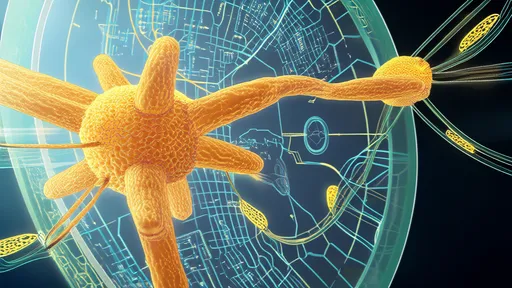
By /Jul 22, 2025
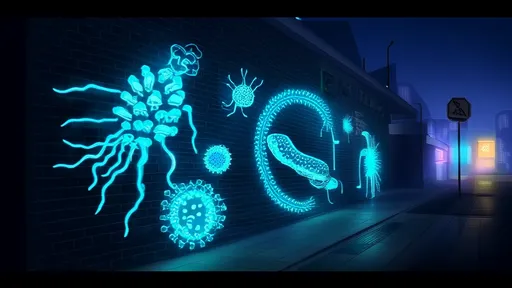
By /Jul 22, 2025

By /Jul 22, 2025
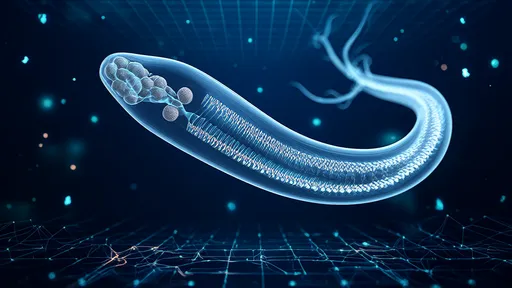
By /Jul 22, 2025

By /Jul 22, 2025
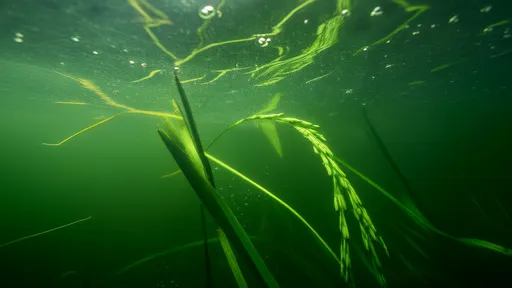
By /Jul 22, 2025

By /Jul 22, 2025

By /Jul 22, 2025
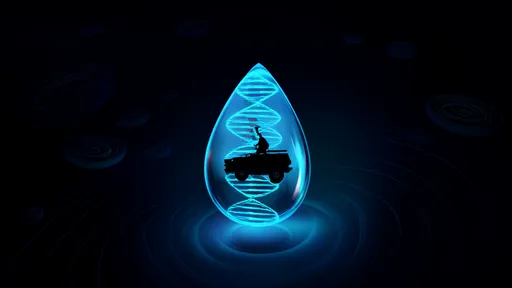
By /Jul 22, 2025

By /Jul 22, 2025

By /Jul 22, 2025

By /Jul 22, 2025

By /Jul 22, 2025